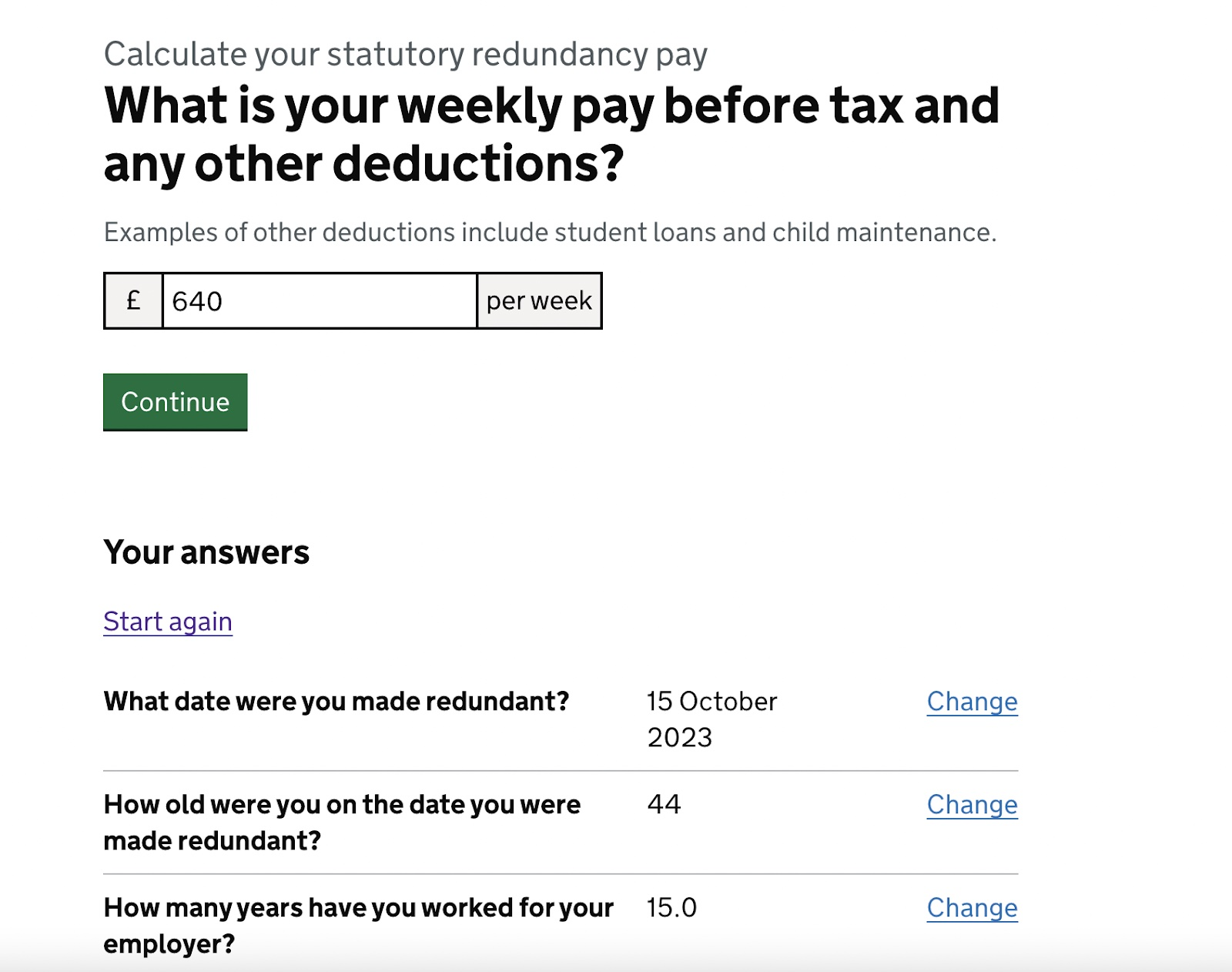Exploring the Operational Dynamics of Firm Redundancy and Its Long-Term Sustainability

Redundancy Strategies for Organization Continuity
In order to make sure continuous procedures, companies have to carry out efficient redundancy techniques for business continuity. Redundancy in this context refers to the duplication of critical parts or functions within a system to minimize the effect of potential failures. By including redundancy techniques, companies can improve their strength against disruptions triggered by numerous variables such as all-natural disasters, devices failings, or cyber-attacks.
One common redundancy technique is the execution of back-up systems and data storage space solutions. This involves creating duplicates of essential data and systems that can be triggered in instance of a primary system failing. Additionally, companies can establish repetitive communication networks and source of power to maintain connectivity and procedures during unforeseen events.
Moreover, cross-training staff members to perform several roles within the firm can act as a valuable redundancy strategy. If key personnel are unavailable due to disease or other reasons, this makes sure that crucial jobs can still be brought out even. Overall, effective redundancy methods are necessary for businesses to promote functional connection and reduce the impact of potential disturbances.
Effect of Redundancy on Business Strength
Provided the critical duty redundancy approaches play in making sure business continuity, exploring the impact of redundancy on business resilience ends up being necessary for comprehending the all natural functional characteristics of a business. Organizational resilience describes an entity's capability to adjust to interruptions, recuperate from setbacks, and change when required while maintaining core features. Redundancy, when strategically applied, can significantly add to boosting an organization's resilience in the face of unforeseen challenges. By having back-up systems, employees, or procedures in area, business can much better withstand shocks and continue procedures with minimal interruption.
Additionally, redundancy can foster innovation and creative thinking within a company as employees really feel equipped to take calculated risks, recognizing that there is a safety and security web to support them in case of failure. On the whole, the influence of redundancy on business durability is profound, forming the lasting sustainability and success of a business.
Balancing Effectiveness and Flexibility in Redundancy
Attaining an unified balance between functional efficiency and flexible versatility is a crucial obstacle in the calculated deployment of redundancy within companies. Also much flexibility navigate to this site without a solid functional structure can result in inefficiencies and disparity.
To balance performance and versatility in redundancy planning, organizations have to very carefully examine their functional demands, market characteristics, and tactical objectives. Eventually, finding the best stability between efficiency and flexibility is essential for building a lasting and resilient organization in the face of unpredictability.
Long-Term Sustainability With Redundancy Planning
To guarantee long-lasting viability and stability, organizations should strategically straighten their redundancy preparation with long-lasting sustainability objectives, consequently integrating functional performance with flexible adaptability. Lasting sustainability through redundancy preparation includes moved here even more than just temporary cost-cutting measures. It needs a thorough tactical method that anticipates future challenges and chances. Firms must watch redundancy not as a reactive remedy to immediate issues however as a proactive approach for lasting success. By incorporating redundancy planning with sustainability goals, organizations can develop a resistant structure that can endure different market changes and inner modifications.

Proactive Procedures for Lasting Business Procedures
Just how can firms proactively boost their functional sustainability for lasting success? Applying aggressive measures is crucial for firms intending to make certain sustainable operations.
Furthermore, fostering a culture of constant renovation and learning within the organization can improve versatility to altering market conditions and client demands. Encouraging worker participation in decision-making processes and giving possibilities for professional advancement can boost morale, efficiency, and overall efficiency. Developing clear objectives, monitoring key performance signs, and consistently examining progression are vital parts of positive sustainability management.
Teaming up with providers, customers, and various other stakeholders to promote lasting methods throughout the supply chain can develop a causal sequence of favorable influence - redundancy pay if company goes bust. By taking aggressive actions towards operational sustainability, business can develop strength, drive innovation, and secure their long-term success in an ever-evolving company landscape
Conclusion

In the realm of organizational monitoring, the tactical deployment of company redundancy stands as a critical yet intricate practice that demands a fragile equilibrium in between operational effectiveness and long-lasting stability. By studying the functional dynamics that underpin firm redundancy and reviewing its broader effects for organizational strength and adaptability, a nuanced understanding of exactly how redundancy strategies can shape the future trajectory of a company starts to unravel.Given the crucial duty redundancy methods play in guaranteeing business connection, checking out the impact of redundancy on organizational strength ends up being crucial for recognizing the holistic functional dynamics of a business. On the whole, the effect of redundancy on business resilience is profound, forming the lasting sustainability and success of a company.
In verdict, comprehending the functional characteristics of business redundancy is important for guaranteeing lasting sustainability.